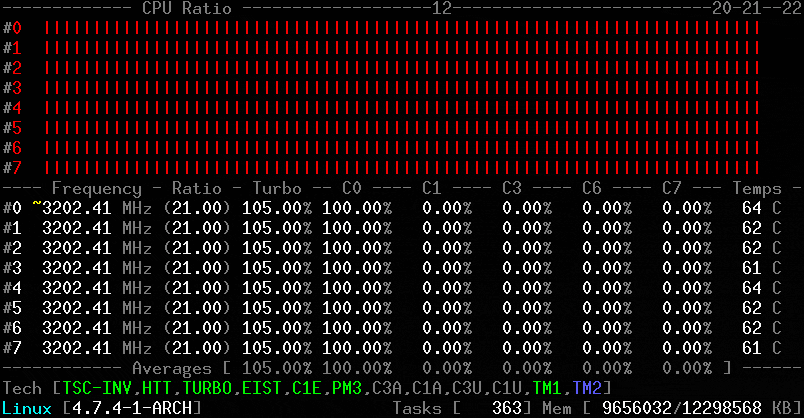

In addition, high temperatures may be due to blocked ventilation holes and sometimes run multiple applications with high power. The same cannot be said of older systems that have been rejected by the system may not work properly. Modern PCs usually have a sound insulation system that adjusts the temperature setting and prevents overheating. Overheating can also be detrimental to your PC and if not kept in check, it may damage other motherboard components. Keeping your CPU power at the highest level is very important for the smooth running condition of your system. From now on, the hardware temperature will have no mysteries for you. You can configure the statistics of the sensors that you want to be displayed on the monitor, etc. You will see how it has a very simple and intuitive GUI. Once you have it open, you have no major problem. Once the app is installed, you can run it looking for it in the Dashboard or the applications menu of your GNU / Linux distribution. To install it, you just have to run these simple commands (depending on the distro and package manager you use): Indicator applet for Ubuntu (in the latest versions).It also shows the rotation speed of the fans.Show the temperature value of the hard drives.View the temperature of the motherboard sensors, such as the CPU and GPU.In addition, it has the following functions: With it you can see the temperature of your hardware in a simple way. The program that I will show in this article is called sensor. If you want to try them, you are free to choose the one that satisfies you the most. I7z, TLP, and thermald are other alternatives to Hardinfo and Psensor, as well as lm_sensors.


 0 kommentar(er)
0 kommentar(er)
